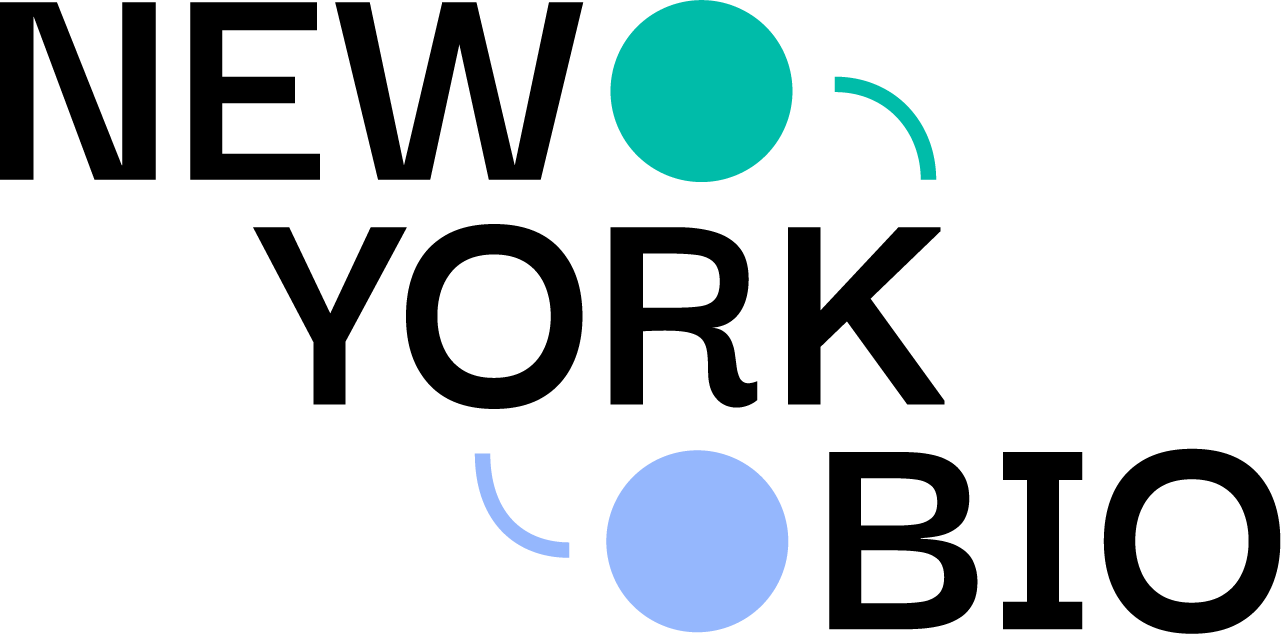Pharma, New York, and Investing: Q&A with Jennifer Hawks Bland
Jennifer Hawks Bland, CEO of NewYorkBIO, spoke with Pharmaceutical Executive about current market trends that investors are watching in the life sciences industry. Specifically, she discusses why New York continues to thrive under in the current market.
Pharmaceutical Executive: What makes New York attractive to investors in the life sciences industry?
Jennifer Hawks Bland: In New York, we are seeing investors follow the talent – and given New York’s status as a worldwide financial hub, they do not need to travel very far.
New York’s robust academic community and financial acumen have always made us attractive to innovative, entrepreneurial-minded individuals focused on improving the health of our global population. It is also a great place to live, with vibrant culture and economic opportunities not only for founders, but also for their spouses, partners, and families. We are seeing more and more talented entrepreneurs who have lived and/or gone to school in New York choose the Empire State as the home for their life science companies.
Over the past decade, we have seen this talent recognized through an influx of both public and private investments to expand New York’s life science development space and grow research clusters across the state.
PE: How is the industry projected to make use of AI in the coming years?
Bland: There is a ton of industry buzz around AI right now – both around new companies using AI as a potential solution for major health problems, and companies leveraging AI as an exciting new tool for maximizing efficiency in certain aspects of their work, including drug target and candidate identification. I can share that, anecdotally, many of the panels and conversations taking place both at NewYorkBIO events and across the industry over the past year have included thoughtful discussions about how we can effectively tap AI to improve patient outcomes.
Specifically here in New York, our industry is closely watching “Empire AI,” a consortium announced by Governor Hochul earlier this year, with the mission of launching a state-of-the-art AI computing center in Upstate New York. The consortium is set to promote research and development into AI, and we are waiting to see how this will complement public investments in the life science industry.
PE: How has the surge in popularity of weight loss drugs impacted the industry?
Bland: The surge in popularity of weight loss drugs shows how our industry is moving the needle in addressing unmet needs for patients. When we see a widespread life science movement like this, it generally stems from innovative work to improve the quality of life for patients who have often gone years waiting for a solution to come to market. Generally, this type of groundbreaking discovery echoes across the industry as companies build on and optimize a treatment – this optimization stage is where we are now with weight loss drugs.
While many of the headlines around weight loss treatments are currently led by larger, established leaders in the pharmaceutical industry, the increased interest has opened the door for smaller, emerging companies to make their mark in the space. There are many resources available to help companies of all sizes break into the market, and we are specifically seeing traction from small and mid-sized companies who are focusing on alternative approaches beyond GLP-1s. I am particularly excited by the number of these growing companies on my radar that are bringing new innovations in the obesity space, ultimately improving patient lives.
PE: What are the investment trends for women’s health?
Bland: As mentioned above, it is important to recognize that life science trends derive from unmet medical needs. It is well documented that research—and healthcare in general—for many years did not focus as robustly on women’s health. While the industry has made strides in this area in recent decades, we continue to see entrepreneurs step up to address gender-based health disparities. There is a growing base of investors that recognize the potential in this market, and together, these entrepreneurs and investors have the potential to shape the future of women’s health through new pharmaceuticals, treatments, and technologies.
In New York, we are seeing investors gravitate to companies that sit at the intersection of women’s health and technology. This subset of the industry, which we like to call “fem-tech,” offers contemporary solutions to the historic lack of research into women’s health. Fem-tech companies are harnessing the latest technological advancements—many of which are already commonplace among consumers—to address major women’s health concerns, including vaginal health, nutrition, and fertility.


















